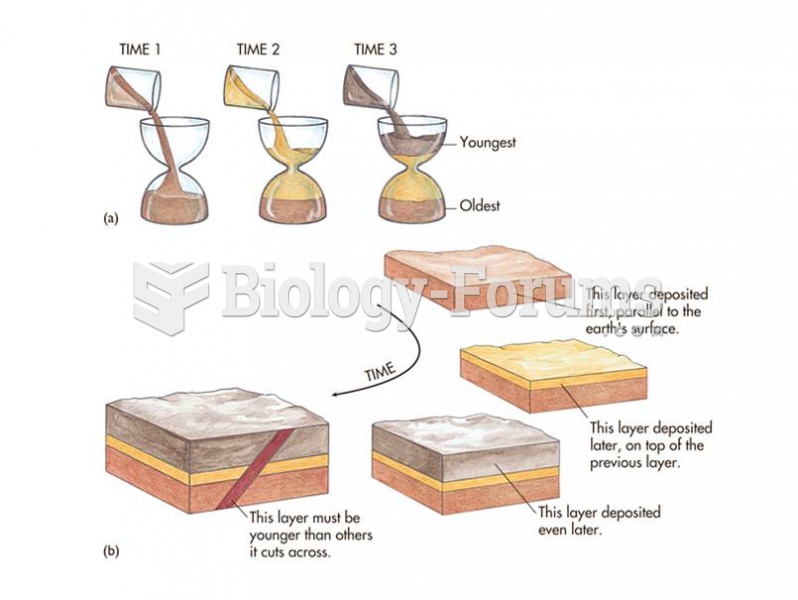|
|
|
To prove that stomach ulcers were caused by bacteria and not by stress, a researcher consumed an entire laboratory beaker full of bacterial culture. After this, he did indeed develop stomach ulcers, and won the Nobel Prize for his discovery.
In 1864, the first barbiturate (barbituric acid) was synthesized.
Atropine, along with scopolamine and hyoscyamine, is found in the Datura stramonium plant, which gives hallucinogenic effects and is also known as locoweed.
Cocaine was isolated in 1860 and first used as a local anesthetic in 1884. Its first clinical use was by Sigmund Freud to wean a patient from morphine addiction. The fictional character Sherlock Holmes was supposed to be addicted to cocaine by injection.
Bisphosphonates were first developed in the nineteenth century. They were first investigated for use in disorders of bone metabolism in the 1960s. They are now used clinically for the treatment of osteoporosis, Paget's disease, bone metastasis, multiple myeloma, and other conditions that feature bone fragility.
 Layers are deposited parallel to Earth’s surface. Younger layers are deposited on top of older layer
Layers are deposited parallel to Earth’s surface. Younger layers are deposited on top of older layer
 Xenophon (430–357 B.C.E.) Biographer of Socrates and his student as a youth. In addition to four ...
Xenophon (430–357 B.C.E.) Biographer of Socrates and his student as a youth. In addition to four ...





